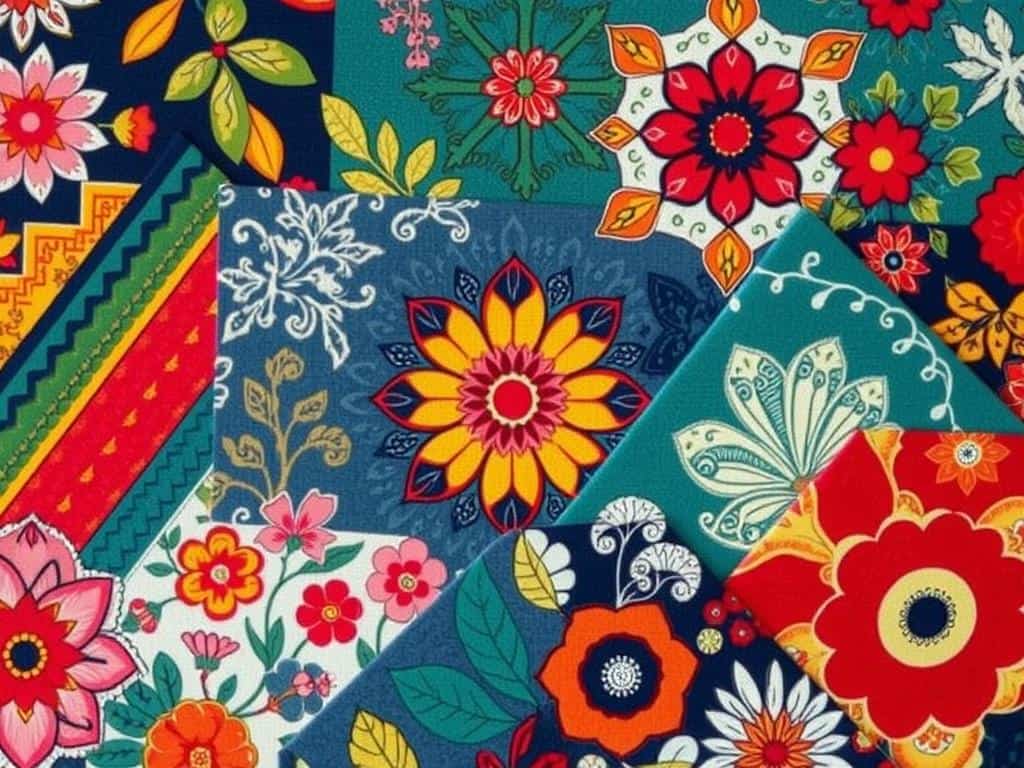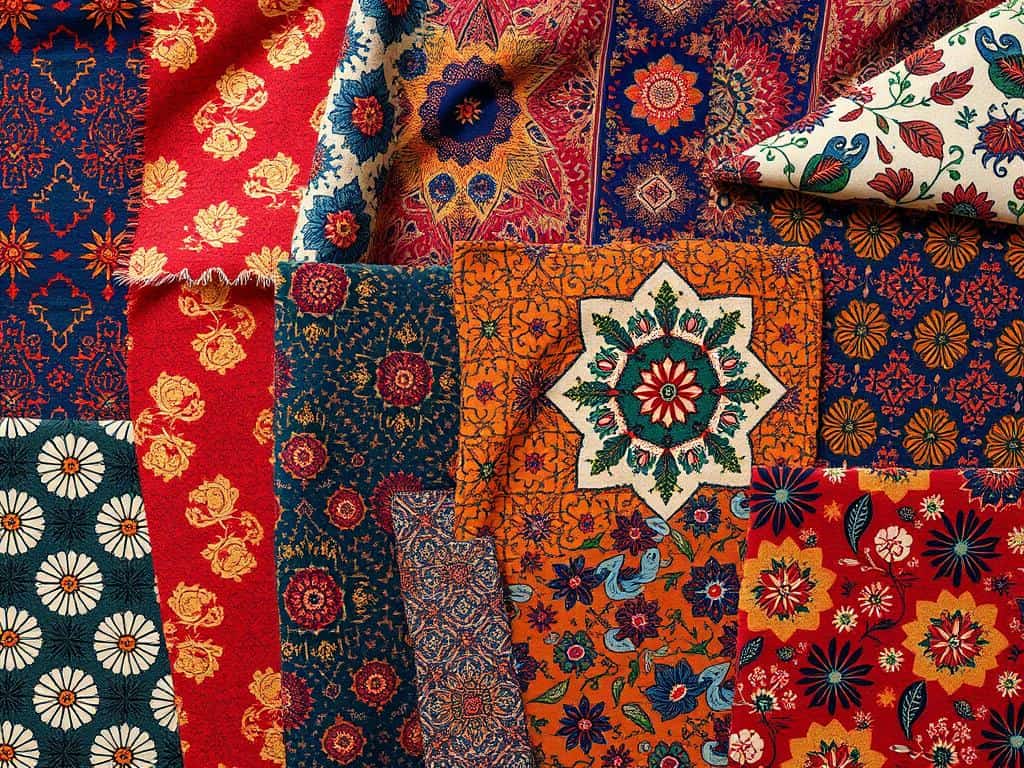When I first walked into my textile art class, I felt unsure. The room was full of bright colors and detailed patterns. They seemed to move under the studio lights. My classmates were mixing colors and patterns with ease, making beautiful art.
I saw that they knew the basics of pattern design. With the right skills, anyone can make simple art into something amazing. In this article, I want to show how pattern design basics can improve your textile art, no matter your skill level.
Designing patterns is like the theories in Design Patterns: Elements of Reusable Object-Oriented Software. It’s about mixing colors, scales, and prints to make your designs work. You can use different patterns to find your own style in your textiles.
As we go through the 5 easy steps to design patterns like a pro, your art will speak to you and others. It will show your unique voice through the textiles you make.
Key Takeaways
- Understanding the basics of design patterns enhances your textile art.
- Mastering color schemes creates cohesion in your designs.
- Selecting a strong hero print can anchor your artwork.
- Incorporating varying pattern scales provides visual interest.
- Mixing different types of patterns adds dynamic flair.
- Trusting your intuition is key in the design process.
Understanding Pattern Design Basics
Design patterns are key to solving common design problems. They are reusable solutions for various artistic expressions, like textile art and surface patterns. Knowing how these elements work together can make the design process better.
What are Design Patterns?
Design patterns are frameworks used in creative projects. In garment making, basic patterns like women’s bodice and pants are essential. They help in making accurate measurements for a perfect fit.
Starting with simple pieces, like skirts, can help build confidence and skill. Each pattern includes half of a body part and needs precise cuts. For example, the front piece is often cut on the fold for symmetry.
The Importance of Patterns in Textile Art
In textile art, design patterns add to visual appeal in things like wallpaper and clothes. Adjusting darts and using the Slash and Spread method can create unique shapes. This adds depth to both textile and surface patterns.
Garment ease is also important, with specific allowances based on fabric and use. Fashion experts stress the importance of notches for aligning patterns during sewing. This shows how patterns affect the final look.

5 Easy Steps to Design Patterns Like a Pro
Exploring pattern design, I’ve found a structured approach boosts my skills and creativity. Here are five key steps that guide me. They help in successful pattern mixing and design growth.
Curate a Color Scheme for Cohesion
Creating a cohesive color scheme is key for my designs. I pick 5-6 hues that match my style and ensure harmony. Using 2-3 primary colors consistently makes the design richer and more connected.
An organized color scheme is the base for impactful pattern mixing.
Selecting Your Hero Print
The hero print is the heart of my collection. It grabs attention and ties other patterns together. I spend time finding a hero print that shows my vision and complements other elements.
Variety in Pattern Scale
Using different pattern scales adds depth and interest. I mix large, bold designs with small, detailed prints. This contrast keeps the design engaging and balanced.
The scale mix enhances the story and composition, key for pattern mixing success.
Mixing Different Types of Patterns
I love blending various pattern types. From florals to geometric shapes, mixing styles expands my creativity. This experimentation can create fresh, exciting designs.
Knowing different design patterns helps me create cohesive, functional designs.
Trusting Your Intuition in Design
Over 12 years, I’ve learned to trust my instincts for great results. Continuous learning and self-discovery are vital for design success. I advise new designers to follow their creative instincts and explore freely.
Adding spot designs has doubled my licensing chances, opening more market doors.

Conclusion
Mastering design patterns is key for anyone wanting to improve their textile projects. The five steps I’ve shared are a solid base. They help artists, crafters, and designers to explore their style and create amazing patterns.
Each step boosts creativity and helps understand how to blend different design elements. This is important for making your designs stand out.
Design patterns are more than just following rules. It’s about experimenting and growing in your art. By trusting your instincts and trying new things, you’ll improve your skills. You’ll also bring out the best in your textile art.
I hope this article motivates you to start your pattern design journey. Whether you’re sewing, decorating, or crafting, these principles will help. Dive into your creativity and watch your ideas come to life through great pattern design.



